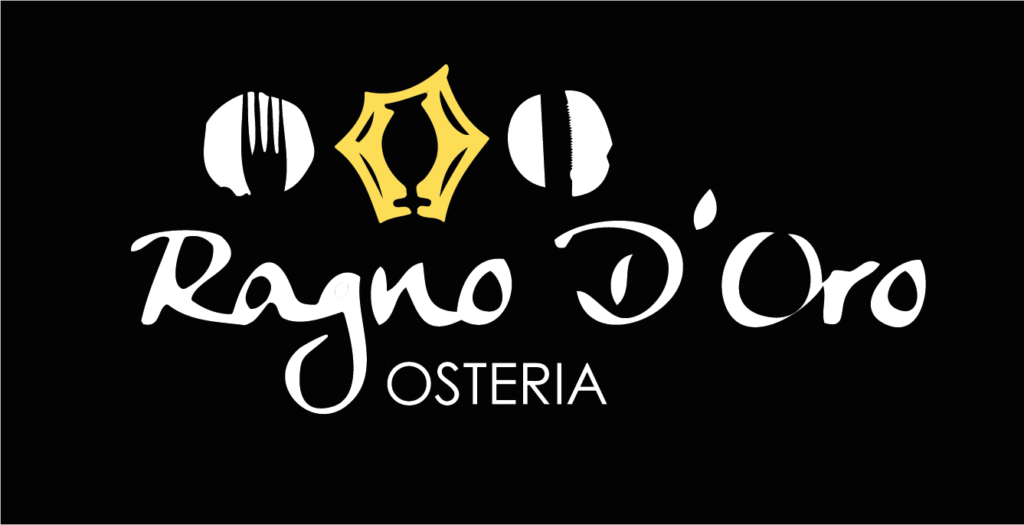Carbonara: the taste of roman popular tradition
This article celebrates Carbonara, one of the most beloved dishes of roman cuisine. By now, we all know it, from its most classic version to the more contemporary alternative variations. Carbonara is a true tradition with its combination of crispy guanciale, fresh eggs, pecorino romano cheese, and toasted black pepper. Carbonara is a convivial dish that warms people’s hearts, perfect for sharing with loved ones.
The origins of Carbonara: a controversial history
The origins of Carbonara are shrouded in mystery and controversy, with various theories attempting to explain the origin of this iconic dish. Some people claim, among the various legends, that Carbonara was originated during World War II when American soldiers, after experiencing the generosity of Italians introduced pasta with eggs and bacon as a comfort dish. Others argue that, as the name suggests, it would derive from the Lazio charcoal burners who in the past worked in the Apennines transforming wood into coal and to feed themselves consumed dishes based on “cacio e ova,” seasoned with lard and guanciale.
Key ingredients: simplicity and quality
Because it is a dish composed of few simple ingredients, it is it is important that they are made with excellent quality. The fundamental components of an authentic carbonara include guanciale, a cut of pork from the cheek, which is sliced into strips and then cooked until they become crispy and golden. Fresh eggs are another essential element, along with pecorino romano cheese, which gives the dish that unique and rich flavor it is famous for. Finally, toasted black pepper cannot be missing, adding that touch of warmth and aroma that completes the dish.
Traditional preparation: simple but tasty
The preparation of Carbonara is surprisingly simple but requires a certain skill to achieve the perfect result. In a pan, the guanciale is browned until crispy and golden, while simultaneously the pasta is cooked until it reaches the desired consistency. The eggs, especially the yolk, are then beaten together with pecorino romano cheese and black pepper, forming a dense and creamy mixture. As soon as the pasta is ready, it is drained and added to the pan with the guanciale, where it is mixed with the egg and pecorino cream until each strand of pasta is coated in a creamy and irresistible covering.
Modern variations: creativity and innovation
While traditional Carbonara remains a pillar of Italian cuisine, there are many modern variations that add a touch of creativity and innovation to the dish. Some chefs add ingredients such as fresh peas, porcini mushrooms, or saffron to give a unique twist to the classic Carbonara. Others opt for a more elegant presentation, serving the pasta in a crispy parmesan wafer basket or enriching the dish with fresh black truffle. These modern variations explore new culinary frontiers and satisfy the most discerning palates. This iconic dish has gained its own celebration in recent years, known as Carbonara Day, celebrated every year on April 6th. During Carbonara Day, chefs, restaurants, and cooking enthusiasts share recipes, tips, and stories related to this dish.
A tribute to traditional roman cuisine
In conclusion, Carbonara is much more than just a simple pasta dish; it is a tribute to Roman cuisine, a tribute to its tradition and innovative spirit.
Enjoy your meal !
Prenota ora! Ti aspettiamo nel nostro locale.

